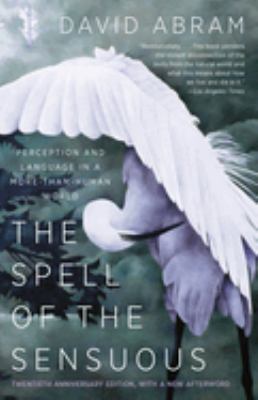Check, check, one-two, one-two; mic check, one-two, one-two.
Time to blow the dust off and enter this space. It's been a while.
In some ways I feel as though I'm in a dream. There was a man once who lived in a small mountain village in central Japan and shared his thoughts about that experience. Who is this man? Am I this man?
Since finishing my dissertation and graduating from the University of Hawaiʻi at Mānoa a lot has happened.
Some highlights:
-I obtained a temporary academic position and moved to Tokyo--it was hot and weird, I've never been a fan of Tokyo.
-I obtained a tenure-track academic position with Earlham College, located in a miniscule midwest mecca called Richmond, Indiana.
-A beautiful corgi, who my wife and I named Pualani, suddenly came into our lives--and changed them forever, our first daughter.
-My wife joined me in Indiana and gave up on living in Hawaii. We were depressed, we struggled, but eventually learned to appreciate live in the midwest, kind of.
-We discovered Eagle Creek Park--one of the largest urban green spaces in the US--and we spent time every day there, walking, talking, and loving the landscape.
-Racial consciousness swelled in, and began to choke, my wife. She is ethnically Japanese and was born and raised in Japan. She called out racism in my biological family--in particular, a racialized Halloween photograph depicting my younger sister as a "geisha" and her then husband as a Japanese business man--I had try to bury and hide the incident. Things exploded. For the most part I no longer speak to my biological family. . .but, trying to work on that. My wife and I's relationship is now also permanently strained. I'm working on rectifying things, but I'm stumbling all along the way.
-After years and years and years of struggling to have children in our family, a beautiful daughter came to us unexpectedly on the evening of January 16th, 2020. We had little time to prepare as our daughter's first mom was unaware that she was pregnant. So, it's been a roller coaster, but we are so pleased to finally have a second daughter and a fuller household.
-A pandemic started.
-In the midst of the chaos of the COVID pandemic we found a pathway back to Hawaiʻi. It was a scary step to take, but we went for it and purchased a condominium. We returned to our beloved island of Oahu in April of this year. It's been an adjustment, but more than that it has been a warm reception back to the land, the people, and the spirit of Aloha.
Sitting here now looking out the window at clouds hanging effortlessly over the Koʻolau mountain range like hung bedsheets blowing in the breeze, I honestly do not know what comes next. But, I felt compelled to write.
One idea that is compelling to me is to speak with various folks living here on Oahu to find out about their life stories. Living on Oahu is not cheap and it is not easy, per se. So, what brought people here and what keeps them here? Iʻd be interested to know. This blog might turn into profiles of the diverse and interesting people I meet. Or, what? I donʻt know.
For those who followed this blog in its previous iteration, and who likely had no idea that they were even still subscribed, welcome back, I hope. It will be nice to hear from you. For those who find this blog for the first time. Welcome. Hopefully some of the old posts are intriguing, and hopefully I am able to produce some interesting content going forward.
Whether a new reader or old, it would be great to hear from you and to hear some words of encouragement. I truly don't know where this blog is going to go, or even if it is going to go, I simply felt compelled to write. . .which is a compulsion that I've not felt for some time.
So, here we go. . .
*not going to do much editing, so apologies for any mistakes













